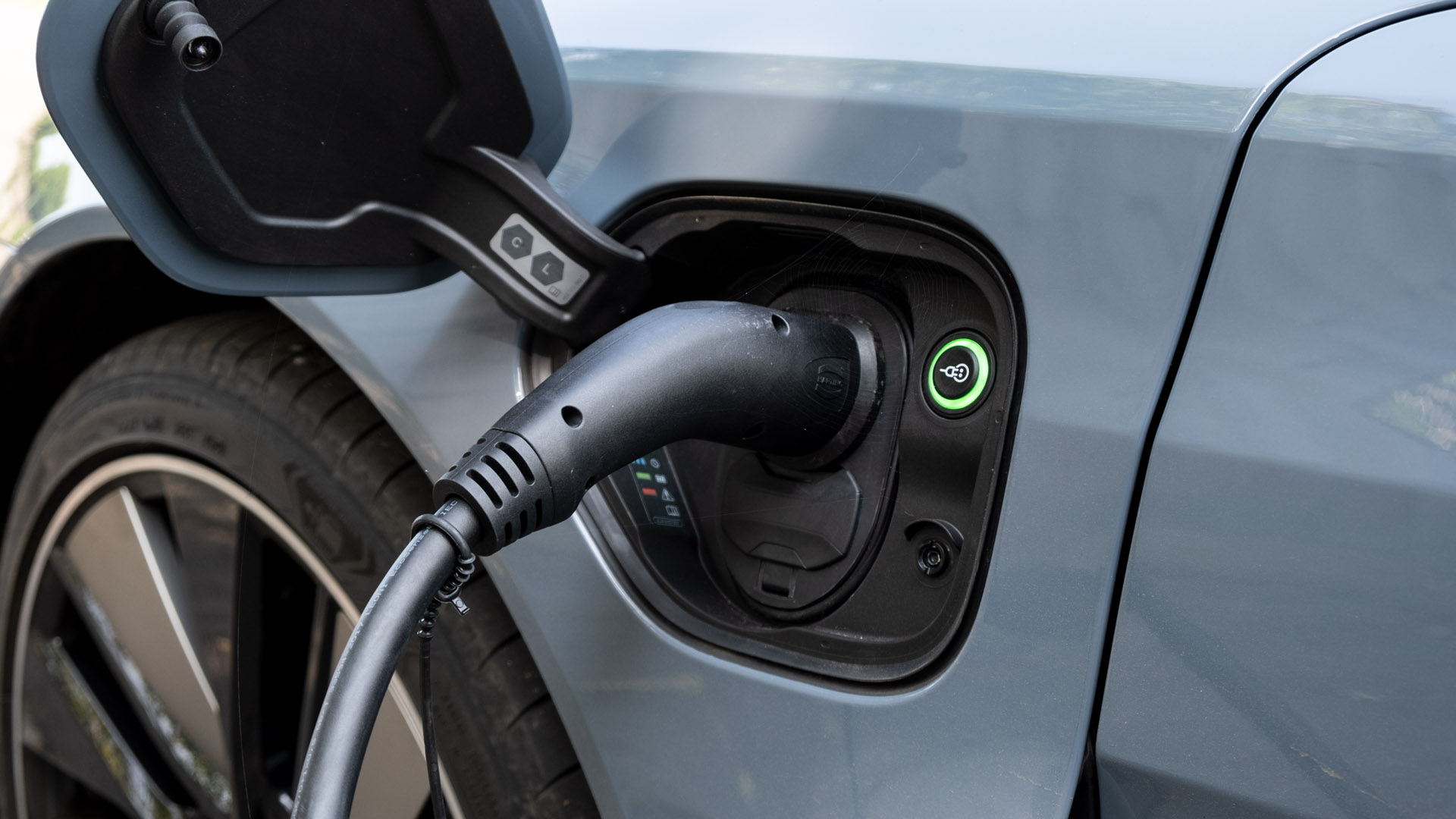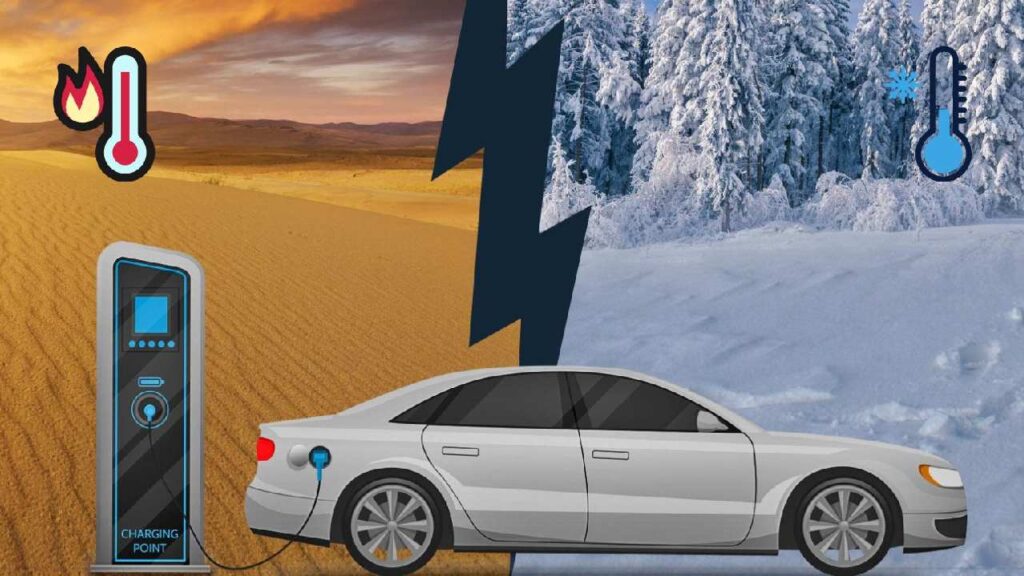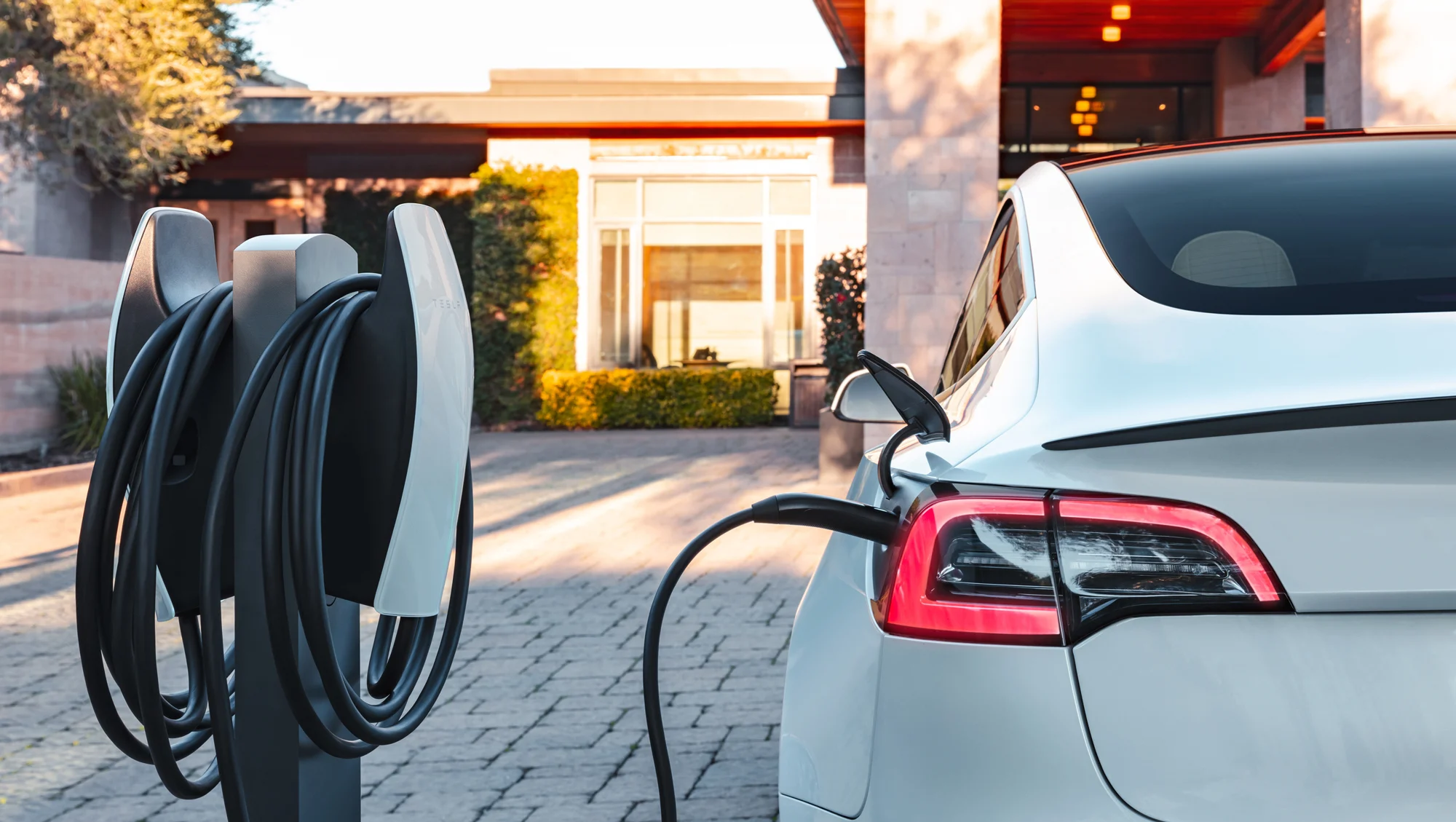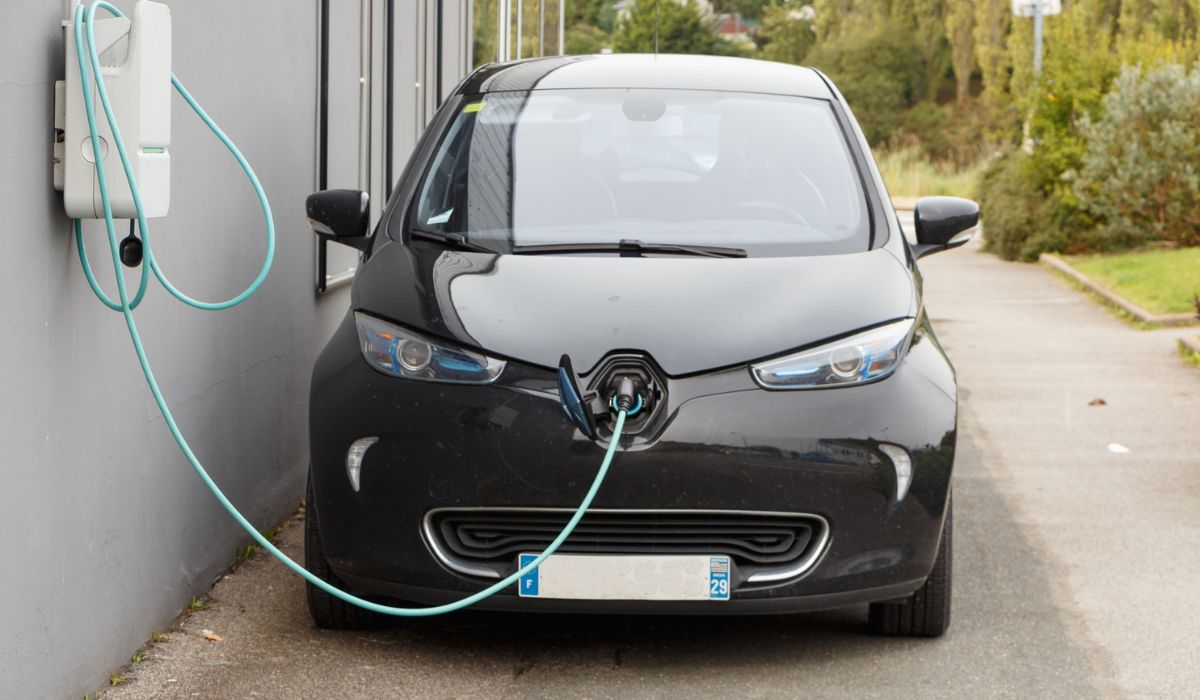Electric cars are becoming increasingly popular due to their environmental benefits and technological advancements. While they require less maintenance than traditional gasoline powered vehicles, there are specific practices you should avoid to ensure your electric car remains in top condition and performs optimally.
Understanding what not to do can help you avoid costly repairs, extend the lifespan of your vehicle, and ensure a smooth, efficient driving experience. From charging habits to driving techniques, these guidelines are crucial for anyone looking to get the most out of their electric vehicle.
In this guide, we’ll explore seven important things you should never do to an electric car. By following these tips, you can maintain the health of your electric vehicle and enjoy the many benefits it offers.
1. Avoid Using Fast Chargers Too Often
Fast chargers, while convenient, can hurt the long-term health of your electric car’s battery. These chargers use higher voltage to rapidly recharge the battery, which generates more heat and can accelerate battery degradation over time.
It’s best to use fast chargers sparingly and rely on regular, slower charging methods for day to day use. Regular charging allows the battery to charge at a more controlled pace, reducing stress on the battery cells and prolonging their lifespan.

To maximize your battery’s health, plan your trips and charging stops in advance, using fast chargers only when necessary. This approach not only helps maintain the battery’s capacity and efficiency but also ensures you get the most out of your electric vehicle in the long run.
2. Never Let the Battery Run Completely Empty
Allowing your electric car’s battery to run empty can cause significant damage to the battery cells and reduce its lifespan. Unlike gasoline cars, electric vehicles rely entirely on their battery for power, and running it down to zero can lead to deep discharge cycles that are harmful.
It’s advisable to keep the battery charge above 20% to avoid these detrimental effects. When planning longer trips, ensure you have charging stations mapped out along your route to prevent running out of charge.

Additionally, many electric cars come with range prediction features that help you monitor and manage your battery’s charge effectively. By maintaining a reasonable charge level, you can ensure your electric car remains reliable and efficient, avoiding the inconvenience and potential damage associated with a completely drained battery.
3. Don’t Ignore Software Updates
Just like smartphones and computers, electric cars rely on software to manage various functions, from battery management to infotainment systems. Ignoring software updates can lead to outdated systems that may not operate as efficiently or safely.
Manufacturers release updates to improve performance, enhance features, and address potential security vulnerabilities. Make sure to regularly check for and install any software updates provided by your vehicle’s manufacturer.
These updates can be crucial for maintaining optimal performance, extending battery life, and ensuring the latest safety features are active. Some electric cars automatically notify you of available updates, while others may require manual checks.
Staying on top of software updates ensures your electric car runs smoothly and benefits from the latest technological advancements and improvements.
4. Avoid Extreme Temperatures
Extreme temperatures, both hot and cold, can significantly impact the performance and lifespan of an electric car’s battery. High temperatures can cause the battery to overheat, leading to accelerated degradation and reduced efficiency.
On the other hand, extremely cold temperatures can decrease the battery’s ability to hold a charge and reduce its range.

To protect your electric car’s battery, try to park in shaded or climate-controlled areas whenever possible. Using preconditioning features available in many electric cars can help manage the battery temperature before driving.
Additionally, when driving in extreme conditions, avoid aggressive acceleration and high-speed driving, as these can further strain the battery. By taking steps to mitigate exposure to extreme temperatures, you can help maintain the health and performance of your electric vehicle’s battery.
5. Don’t Overload the Vehicle
Overloading your electric car with excessive weight can put unnecessary strain on the battery and motor, reducing efficiency and potentially causing mechanical issues. Electric vehicles are designed with specific weight limits to ensure optimal performance and safety.
Exceeding these limits can lead to increased energy consumption, reduced range, and faster wear on components such as tires and suspension. To avoid overloading, be mindful of the vehicle’s payload capacity, which includes passengers, luggage, and any additional cargo.

Distribute weight evenly to maintain balance and stability while driving. Following these guidelines helps preserve the efficiency and longevity of your electric car, ensuring it operates smoothly and safely under its intended load conditions.
6. Never Use the Wrong Charger
Using the wrong type of charger for your electric vehicle can cause significant damage to the battery and other electrical components. Electric cars come with specific charging requirements, and using a charger that does not meet these specifications can result in inefficient charging, potential overcharging, or even electrical hazards.
Always use the charger recommended by the vehicle’s manufacturer, whether it’s a home charging unit, public charging station, or portable charger. If you’re unsure about which charger to use, refer to your manual or consult with your dealership.

Additionally, ensure that any charging equipment is properly maintained and inspected regularly for any signs of wear or damage. By using the correct charger, you can safely and efficiently charge your electric car, maintaining its performance and extending the battery life.
7. Avoid Frequent Short Trips
Frequent short trips can be less efficient for electric vehicles compared to longer drives. Short trips often involve frequent stops and starts, which can put extra strain on the battery and reduce efficiency.
Electric cars operate most efficiently at consistent speeds over longer distances, where regenerative braking and other energy-saving features can be more effectively utilized. To optimize your electric vehicle’s performance, try to combine short trips into one longer journey whenever possible.
This practice not only improves energy efficiency but also reduces wear on the battery and other components. Planning your trips strategically and taking advantage of efficient driving practices helps in maintaining the health and performance of your electric vehicle, ensuring you get the most out of your investment.

